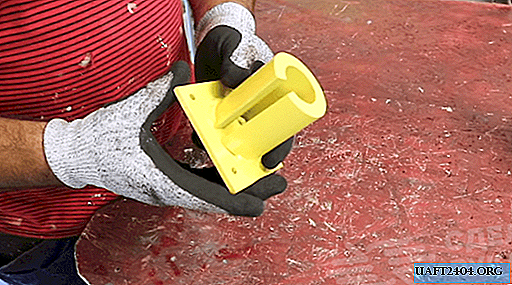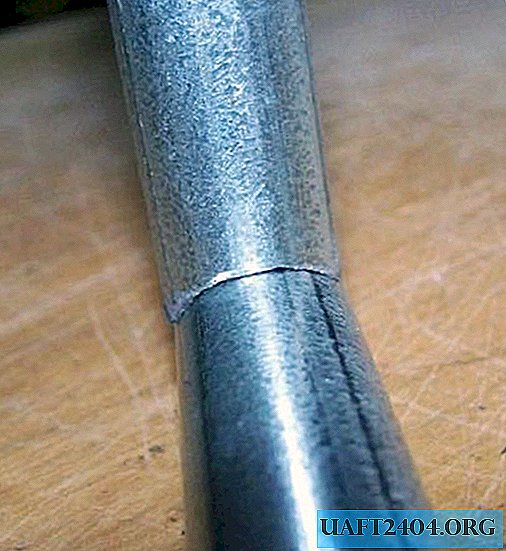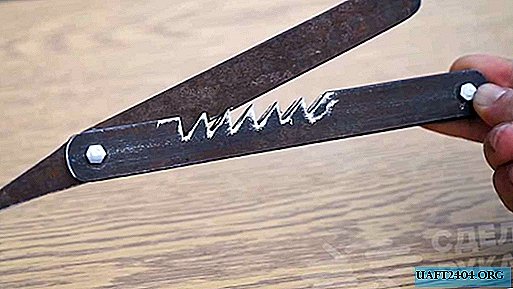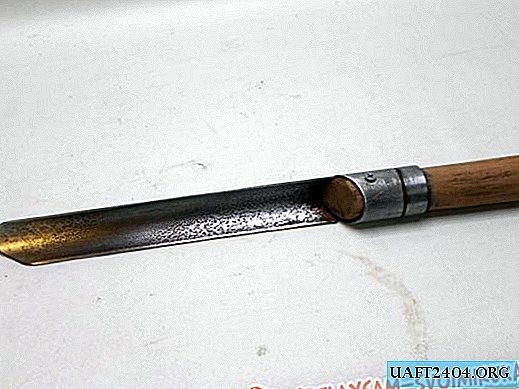Share
Pin
Tweet
Send
Share
Send
Making a soldering iron attachment for 42 V
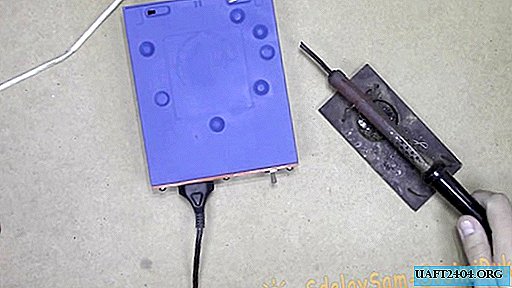
The housing for the soldering iron power supply will be the housing from the old DVD - drive. I think to paint it, I probably have to leave the sticker, under it is a guide for the disk. Having removed which hole is formed, which I do not need.

The front panel will be made of plastic. I will use an orange plexiglas pruning, such was available.

The switch will be the T3 toggle switch. You can apply any current from two amperes.

The quenching capacitor is calculated by a simple formula. My soldering iron has the following parameters:
- - power is 65 watts;
- - operating voltage of 42 volts;
- - operating current 1.54 amperes.
A detailed calculation of the capacitance of the capacitor is visible on the leaflet. It turns out. we need a 22 mF capacitor.

Capacitors took the old ones, stood in the old case of the BP soldering iron. I sanded and painted them. Blue capacitors of 4 mF each, two capacitors of 20 mF each. The operating voltage of the capacitors must be at least 350 volts. Those that are 4 microfarads, I have 450 and 600 volts. Those that are 20 mF each, they are 200 volts, so I will turn them on in series. At the output, we get a capacitance of 10 μF with an operating voltage of 400 volts. At one of the capacitors, a 470 kΩ discharge resistor is soldered. When disconnected from the network, it discharges the charge of capacitors.

We cut out the plugs under the body. Orange is front, it is from plexiglas.
The white plug is the back; it is made of PVC plastic.

Case DVD - drive, painted from a spray can.

On the panel of plexiglas I make a marking for: a socket, a toggle switch and a neon lamp. A neon lamp can be replaced by an LED that is turned on through a resistor.

Capacitors of 4 mF are fixed with a bracket. Black capacitors fastened together using a corner.

At the bottom I screwed the legs. In the role of legs, caps from medical bubbles.

PVC back panel. Screwed and drilled a hole for the power cord. Capacitors soldered in parallel. I solder the power cord to the toggle switch.

One of the network wires, through the toggle switch, goes to a power outlet. The second wire through the capacitor to the outlet. A neon lamp is connected from the toggle switch.
When turned on without load, the voltage is about 160 volts.

With a soldering iron connected, the voltage is about 40 volts.

Such a power supply turned out. Affordable and reliable. I have been using this method for a very long time. You can also calculate the capacitor for any low voltage load.

Share
Pin
Tweet
Send
Share
Send

